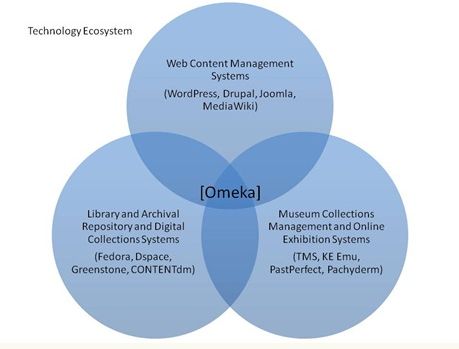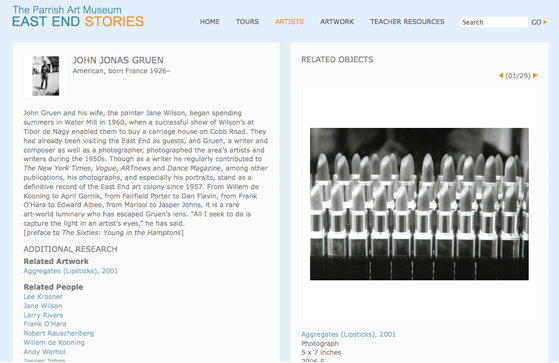Welcome to the fourth installment of the Social Media Spotlight, our monthly feature focusing on arts organizations’ social media strategies.
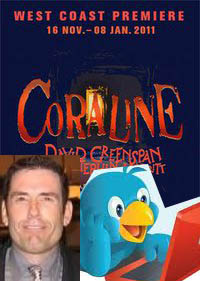 Earlier this year, the SF Playhouse invited Bay Area Twitter users to apply for the SF Playhouse Pluggers, a group of individuals invited to "plug in and Tweet during the performance in special 'tweet seats' where their thoughts will be instantly be shared with the Bay Area and the world." I recently had an opportunity to talk with Dan Meagher, Director of Marketing for SF Playhouse, about this controversial and highly debated social media program.
Earlier this year, the SF Playhouse invited Bay Area Twitter users to apply for the SF Playhouse Pluggers, a group of individuals invited to "plug in and Tweet during the performance in special 'tweet seats' where their thoughts will be instantly be shared with the Bay Area and the world." I recently had an opportunity to talk with Dan Meagher, Director of Marketing for SF Playhouse, about this controversial and highly debated social media program.
What inspired the SF Playhouse to explore a Twitter program?
When I came to the SF Playhouse as Director of Marketing, I wanted to devise a program that would be unique plus tap into social media. Since I had been using Twitter for quite some time and liked the "real-time" aspect of it, I saw the potential for using it in conjunction with a live performance. More importantly, it lets us give folks a voice for their criticism and instant thoughts of our shows. Twitter lives in the moment, just like theatre. We're creating our own critics. There couldn't be a better combination.
How did you arrive at the program name?
The name came about after thinking about what people were doing with this program. They are "plugging" into the show, into social media, and into the SF Playhouse. Plus, it's darn catchy!
How does the program work? How do you find program participants? What are the criteria for participation?
A few weeks before a Plugger event, we start advertising on our Facebook and Twitter pages. The requirements are:
- Must be 18 years or older
- Must be a Bay Area resident
- Must have an active Twitter account
- Must have a portable texting device that can last a least 90 minutes.
Participants are selected on a first-applied basis and receive one complimentary ticket to the show, where they sit in the last row. We also extend to them a special ticket offer if they want to bring a friend (who won't be tweeting). We've had Pluggers use everything from cell phones to iPads! We accept 8-101 Pluggers for the event and usually end up with a wait list.
Do they tweet for a single performance or are they invited to come back to tweet throughout the season?
The Pluggers are initially invited for the one performance. Some love it..some find it challenging and not their thing. It's not a program for everyone. We have about a 70% rate of people asking to come back to plug for the next show, but it is important to me to have new people with us each session. We have one guy who has been with us for every Plugger session! It's great to see them arrive and become a group...they get each other's Twitter screen names and even start tweeting to each other during the performance. For that show, they become a community.
Our Pluggers come from all over - different backgrounds, communities, jobs, you name it. We've had them as young as 18 and up to their 60s. Our average age in 30 -40.
What rules (if any) govern the program?
We have a few basic rules: must turn ringers/any sound elements off; all screens must be dimmed; no talking; and no photos or recording devices may be used (we're an Equity theatre). We do let them drink from their seats, which, with a laptop or iPhone, has caused a few spills!
The biggest rule (well, not really a rule) we have is that we will not censor anything our Pluggers have to say. We retweet all of their messages about the show, whether they be good and bad. This has allowed us to gain a trust with our Pluggers and our audience, because they know that they are seeing all of the instant reactions - not just selected ones.
Someone once asked me if this is bad, letting people possibly criticize your production. Actually, I see it as a good thing. Theatre must be able to take the good and the bad. It allows us to see things from another perspective. We've had some Pluggers be very direct about what they didn't like in a show.
Is there a particular hashtag for the Pluggers’ tweets?
#sfplay - We started using this hashtag during our last Pluggers session in the hopes of making the feed more streamlined. Also, in the past, we have crashed our Twitter page because of too many feeds going out at the same time. I have been in touch with the folks at Twitter to ask for their help in maintaining our feed, but they weren't very responsive.
Do you post the hashtag feed on a screen in the lobby for your audience before the show, during intermission, and after the show?
That's a great idea! Unfortunately, we don't have the capability to do that right now. We do mention at the start of the performance to the audience that they should go home and look at our Twitter page and see the live feed.
What are your benchmarks for measuring the success of the program?
I don't use any specific bench marks for the Playhouse Pluggers. Since it's a very "organic" kind of program, I don't feel the need to throw in tickets codes or other marketing positions. We know it works because we have people come to the SF Playhouse and mention that they read the Plugger feed from the last show. We've also received much press coverage.
What feedback has the program received from your on-site audience?
It's funny. When we first announced this program, we received emails from patrons unhappy with the idea. Of course, we heard this before we even did a Pluggers night! However, Executive Director Susi Damilano and Artistic Director Bill English were unwaivering in their support for trying this crazy new idea. Without their support, this would have never gone forward.
After our first session went off without a hitch, we didn't hear many complaints. We have had audience members sitting right behind our Pluggers and, at the end of the show, say they didn't even know the Pluggers were there. The non-Tweeting audience members wouldn't even know it was happening if we didn't tell them. Now that people see that this isn't disruptive to the show, they seem to have embraced it.
What type of response and interaction have the Pluggers’ received from the Twitter community?
The Twitter community has been very supportive of the idea. I've heard from people all over the US and the world about how much they enjoy following the live feed.
Twitter has also brought us some surprises. During our last Pluggers session for the new musical Coraline, who should join in the tweeting but the author himself - Neil Gaiman!
Another wonderful thing happened during our Plugger session for Cormac McCarthy's The Sunset Limited. We were about 40 minutes into the show and suddenly, someone from Twitter-land sent one of our Pluggers a direct message asking them a question about something they just tweeted. That was a first for us. We now had Twitter users from other places asking questions of our Pluggers during the show! It helped me realize the scope this program. Those interactions took the Playhouse Plugger program to a whole new, unexpected level.
Why do you think there has been so much controversy and debate about the program?
Many theatre people are afraid of the "new." Technology scares a lot of folks. We're taught that theatre is a revered place where you come, sit, watch, and applaud. Interaction is not allowed or encouraged. So when you create something that breaks down a wall, people are going to jump up and say, "Not in my backyard!" Here's the bottom line...the Playhouse Pluggers program is not going to end the world or change theatre as we know it. This program will not cause thousands to run out and start tweeting during Romeo & Juliet.
Theatre is about change...about evolution. The basic nature of theatre requires us to adapt to the new, or else we would be going to see plays by Euripides on Broadway. Theatre is a shared experience and this program is just a way to let the theatergoer have voice in the theatre going experience by sharing their thoughts. That's it..it's a very simple concept.
In an article earlier this year, Theatre Bay Area quoted Artistic Director Bill English as saying of the program, “It’s an experiment. We're trying to check out the balance between social media and theatre.” Eight months into the experiment, what has SF Playhouse learned?
We have learned that social media (Twitter, Facebook, YouTube, Skype, etc.) has become a major force in everyday life. It's here to stay. We've also learned that people love to discuss theatre using these platforms. It can connect a theatre fan in England with a theater fan in the US instantly. If anything, social media has opened up lines of instant communication that never existed before and encourage discussion.
I'm happy to share my knowledge about this progam with all! Feel free to contact me at Dan@SFPlayhouse.org
This has lead to the creation of citizen critics. Everyone today has a voice and the ability to broadcast their thoughts. With the demise of print and media criticism, theatre needs to find and cultivate these new voices that will talk, criticize, and promote.
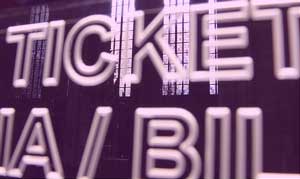






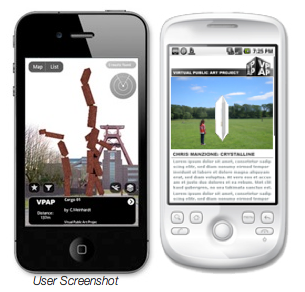
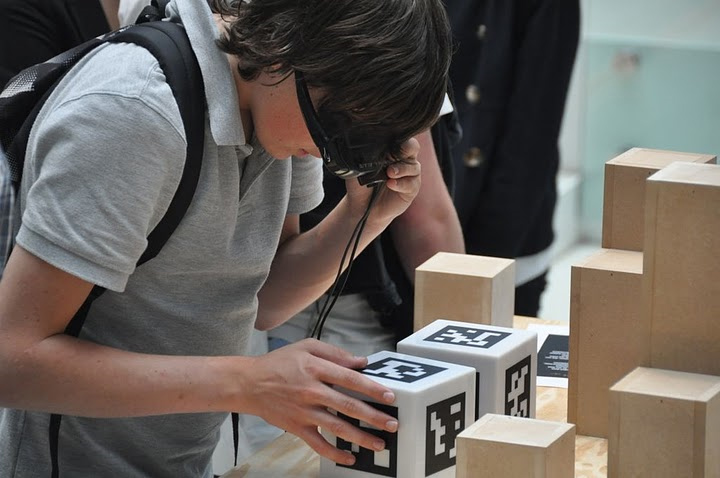
 iPhone sunset in the Andes by Gonzalo Baeza Hernández via
iPhone sunset in the Andes by Gonzalo Baeza Hernández via 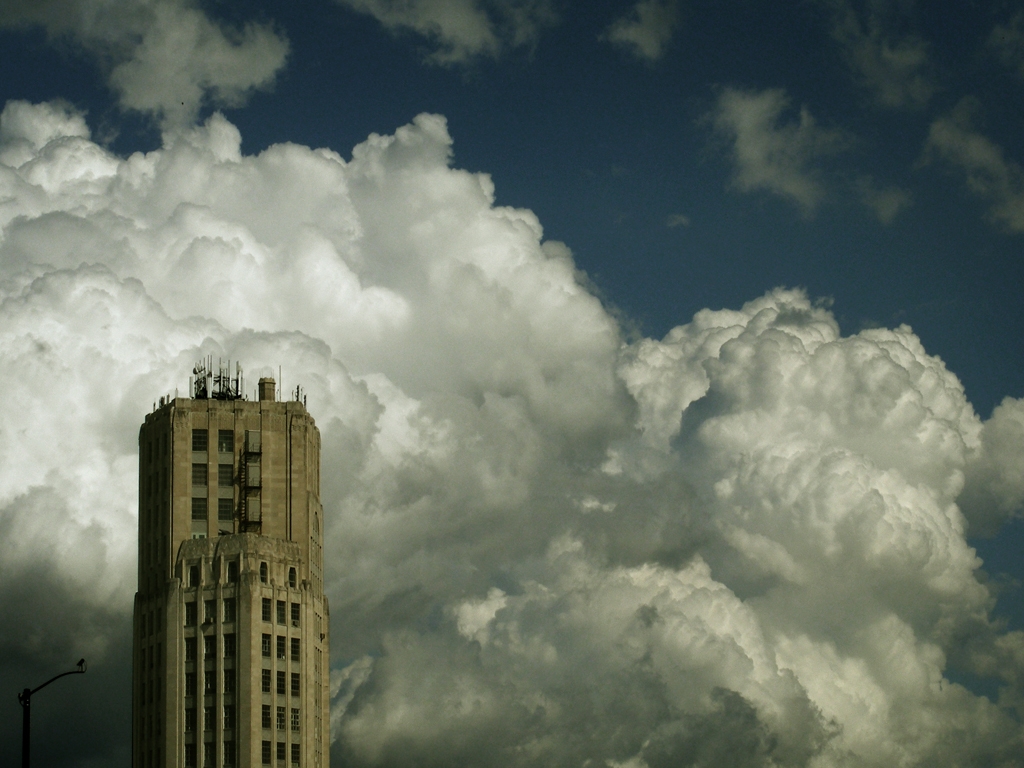 Are you in the cloud? Photo: James Jordan via
Are you in the cloud? Photo: James Jordan via  Rise of location-based social media
No discussion of arts and technology in 2010 would be complete without mentioning location-based platforms like FourSquare, GoWalla, Facebook Places, and Google Latitude. Foursqaure was up 33.2 million users in
Rise of location-based social media
No discussion of arts and technology in 2010 would be complete without mentioning location-based platforms like FourSquare, GoWalla, Facebook Places, and Google Latitude. Foursqaure was up 33.2 million users in 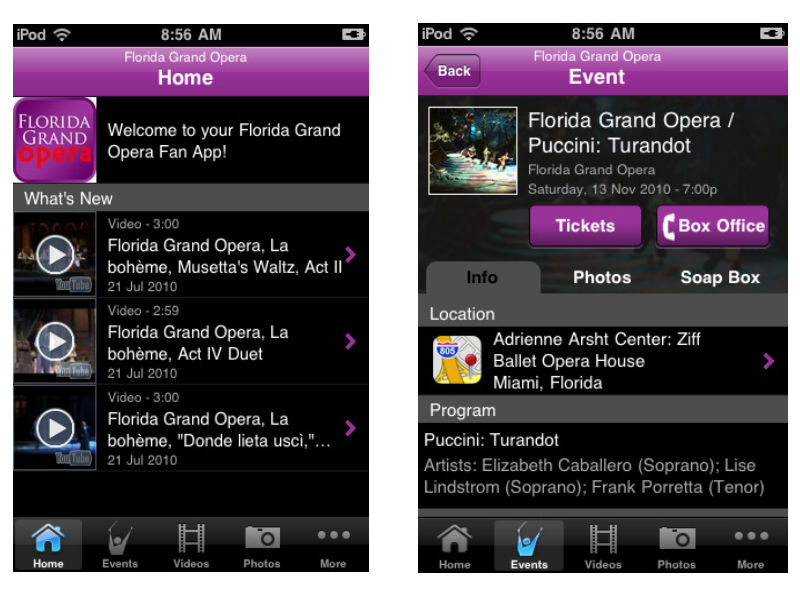 The Breakdown: A great app for the Opera lover in us all, the Florida Grand Opera app offers news about the company, events updates, listings of upcoming performances, and streaming audio of the 2010-2011 season. One aspect of the app I really enjoyed was the videos section, containing a multitude of interviews and performances from the FGO. The only real complaint I have about the app is the necessity to sign up for updates from FGO before being allowed access into the app.
The Breakdown: A great app for the Opera lover in us all, the Florida Grand Opera app offers news about the company, events updates, listings of upcoming performances, and streaming audio of the 2010-2011 season. One aspect of the app I really enjoyed was the videos section, containing a multitude of interviews and performances from the FGO. The only real complaint I have about the app is the necessity to sign up for updates from FGO before being allowed access into the app.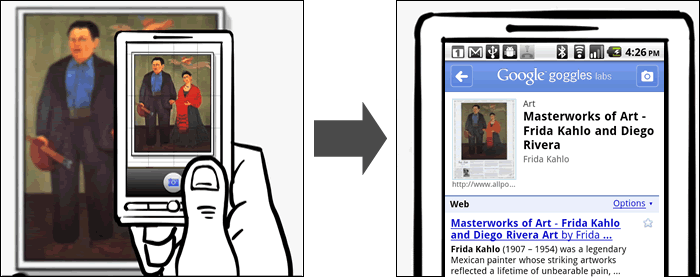
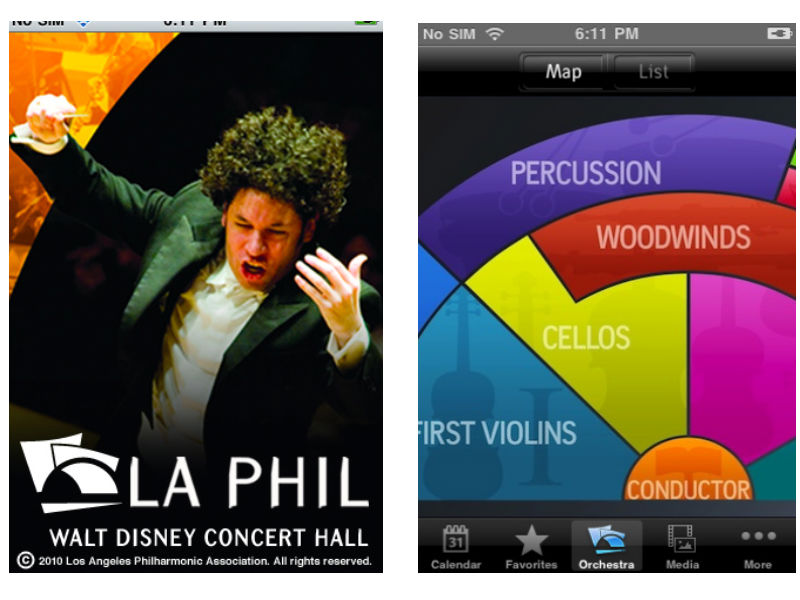 The Breakdown: The LA Philharmonic app has a lot of same offerings as the Florida Grand Opera app in terms of news, media, and listings of events. What sets this app apart is the interactive Orchestra map, laying out the different groups of muscians in the LA Phil. When a user taps on a section of the orchestra, such as First Violins, they are directed to profiles of each musician with in-depth biographies. This app is packed full of great content and an excellent way to learn more about classical music and the people that perform it.
The Breakdown: The LA Philharmonic app has a lot of same offerings as the Florida Grand Opera app in terms of news, media, and listings of events. What sets this app apart is the interactive Orchestra map, laying out the different groups of muscians in the LA Phil. When a user taps on a section of the orchestra, such as First Violins, they are directed to profiles of each musician with in-depth biographies. This app is packed full of great content and an excellent way to learn more about classical music and the people that perform it.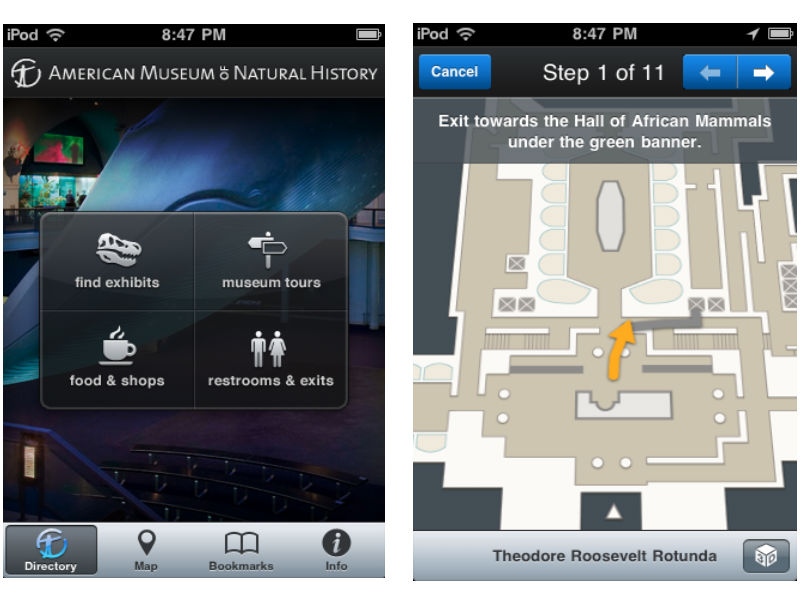 The Breakdown: The Explorer app from the
The Breakdown: The Explorer app from the 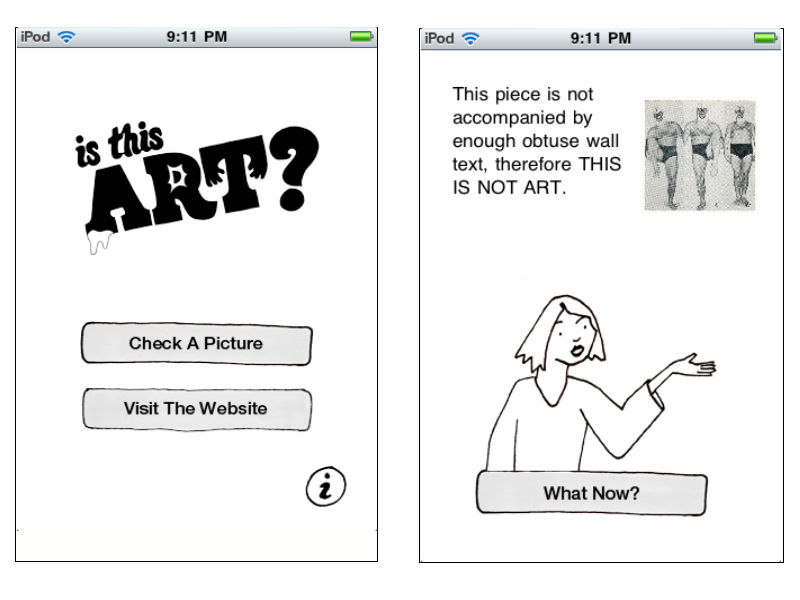 The Breakdown: A fun app from the folks at
The Breakdown: A fun app from the folks at 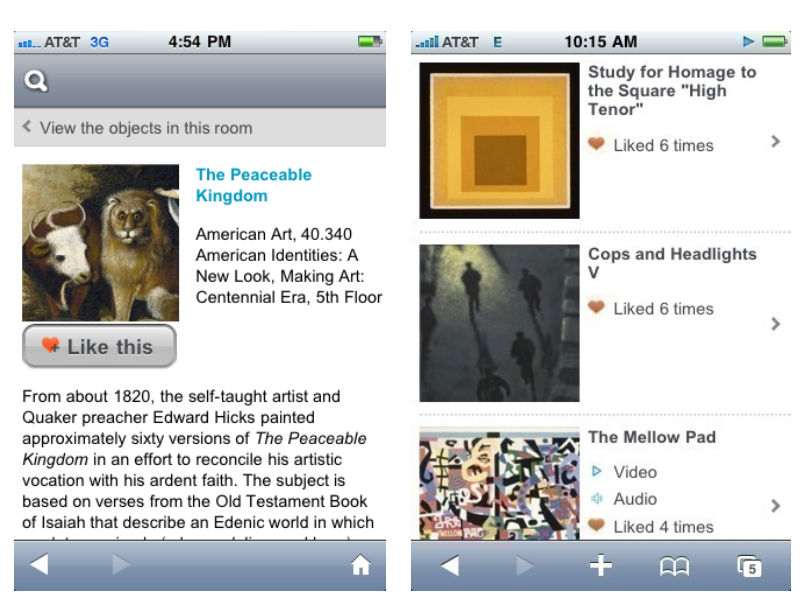
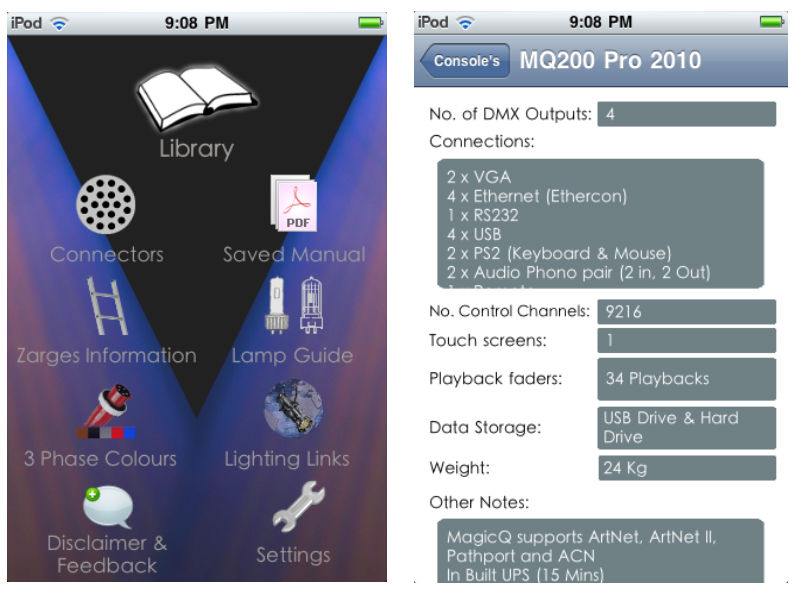 The Breakdown: This is a great app for all of you theater techies. The Lighting Handbook is exactly what it sounds like, an in-depth guide to all things lighting, conveniently in your pocket.
The Breakdown: This is a great app for all of you theater techies. The Lighting Handbook is exactly what it sounds like, an in-depth guide to all things lighting, conveniently in your pocket.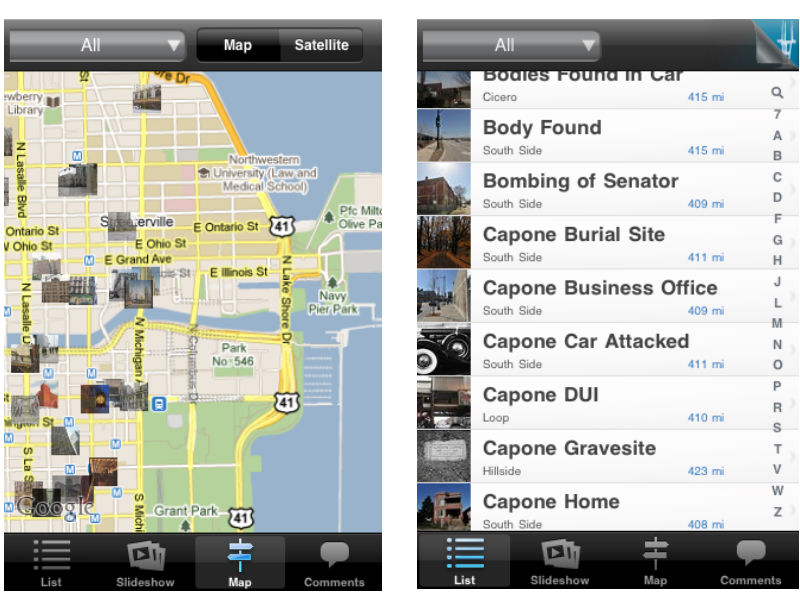
 The Breakdown: At The Booth is a full-service app for attendees of Broadway and Off-Broadway shows in New York City. The main page updates with every launch of the app and includes the latest shows and theater locations. For each show the app provides info on the showtimes, ticket prices, discounts, synopses, links to reviews and videos, and nearby restaurants. Listings will appear with a pink undertone to let users know if there are long lines at the theater. The only real complaint I have about the app is that the listings are only viewable in list form, whereas a map option would really assist in seeing all that is available in the immediate area.
The Breakdown: At The Booth is a full-service app for attendees of Broadway and Off-Broadway shows in New York City. The main page updates with every launch of the app and includes the latest shows and theater locations. For each show the app provides info on the showtimes, ticket prices, discounts, synopses, links to reviews and videos, and nearby restaurants. Listings will appear with a pink undertone to let users know if there are long lines at the theater. The only real complaint I have about the app is that the listings are only viewable in list form, whereas a map option would really assist in seeing all that is available in the immediate area.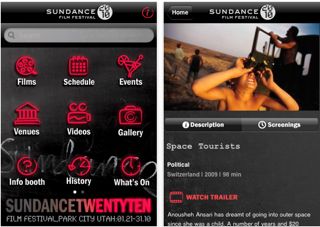
 Earlier this year, the
Earlier this year, the 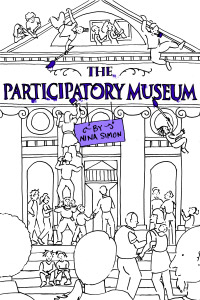 Earlier this week, the Pittsburgh Children’s Museum hosted a talk by Nina K. Simon, author of
Earlier this week, the Pittsburgh Children’s Museum hosted a talk by Nina K. Simon, author of 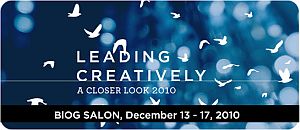
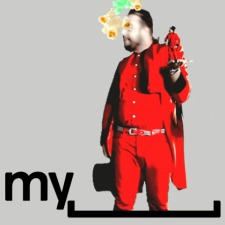
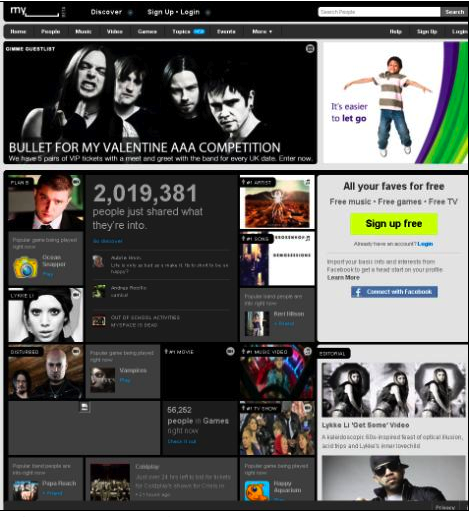
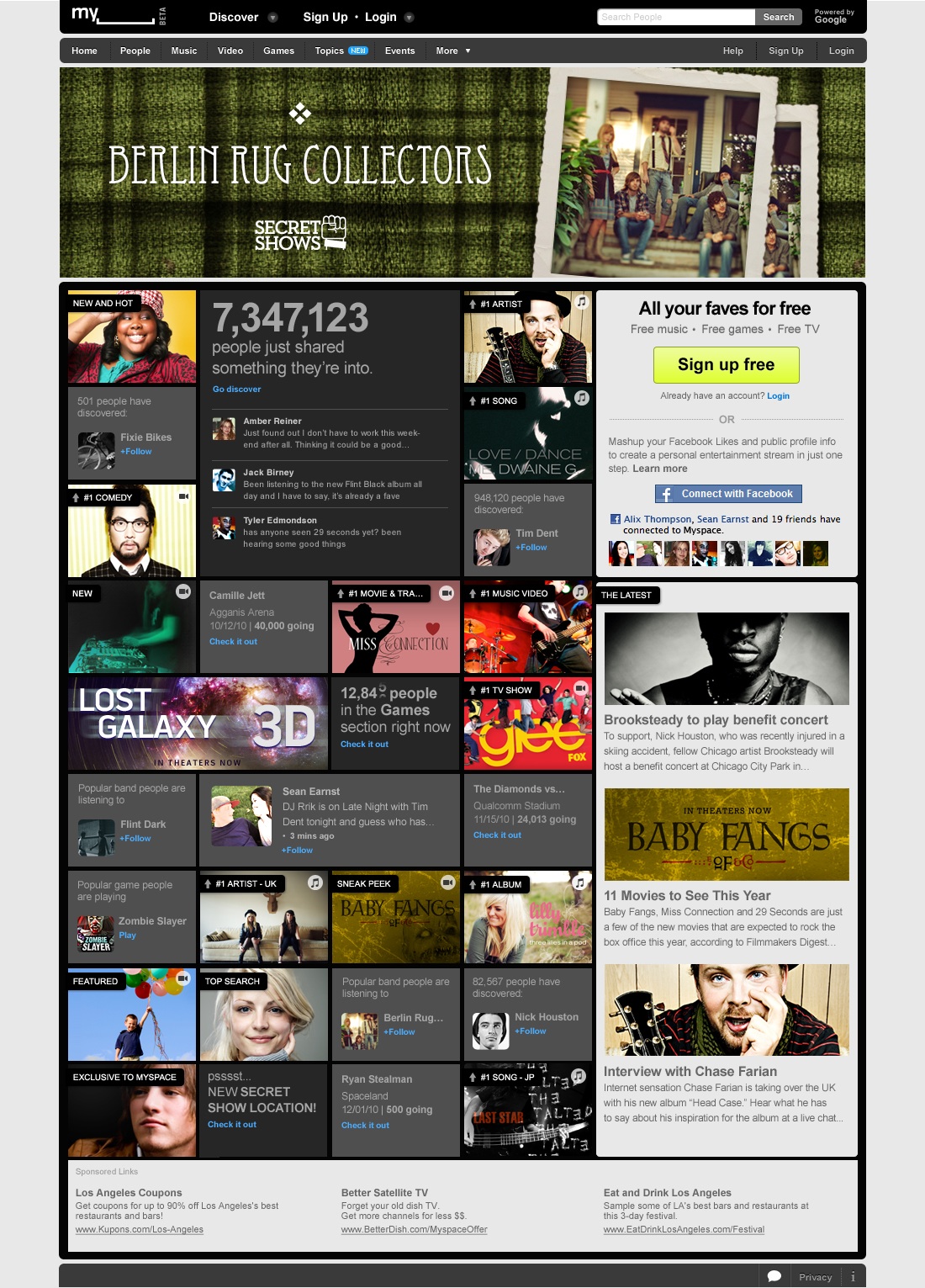
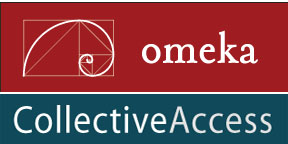 Has your organization been giving some thought to creating online components for its upcoming exhibitions? The demand for having exhibition-related content available online is not only increasing, it has grown into an expectation. Web publishing can be a costly process for many arts organizations, especially if a web developer and designer is required for each exhibition. A more cost-friendly alternative is to consider using open-source, publishing software for creating collections and exhibitions online.
Here are two currently available, free downloadable options designed specifically with cultural institutions in mind:
Has your organization been giving some thought to creating online components for its upcoming exhibitions? The demand for having exhibition-related content available online is not only increasing, it has grown into an expectation. Web publishing can be a costly process for many arts organizations, especially if a web developer and designer is required for each exhibition. A more cost-friendly alternative is to consider using open-source, publishing software for creating collections and exhibitions online.
Here are two currently available, free downloadable options designed specifically with cultural institutions in mind: